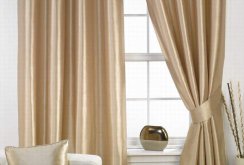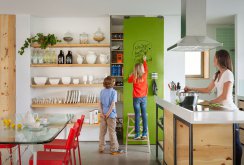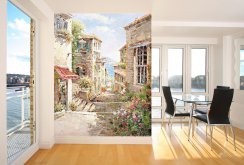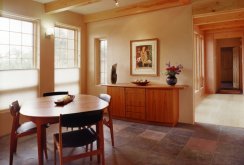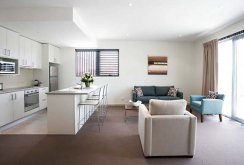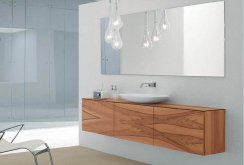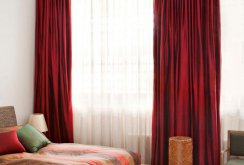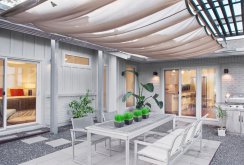Landscaping: all facets and features of a specific art
Landscape design is an art formed on the basis of three completely different areas: architecture (construction, design), botany or crop production (all aspects of biology) and design (improvement and improvement of locations). A review of each direction will undoubtedly lead to one general result - landscape compositions are designed to give the site an aesthetic perfection using all possible technical and biological “tools”.Main components
If you compare landscape design and interior compositions for modern apartments, you can highlight one important detail that combines all the decorative areas - a variety of components, accessories and auxiliary tools. All elements of landscape design can be divided into the following categories:- Buildings, structures, specific structures (the goal of the designer is to soften their main influence on the landscape, to make the composition organic, holistic);
- Lawn cover (there are both artificial options and a "green carpet" of grass);
- Green spaces;
- Large decorative elements;
- Fine art details.
Types of green spaces
Green spaces are a combination of woody and shrubby plants combined with herbs and floral elements that are located on the same site. The foundation and background are both a lawn. The following types of base coat are distinguished:- English lawn;
- Moorish lawn;
- Rolled lawn;
- Artificial turf.
Water as an important component of landscape composition
Not a single catalog with ready-made landscape solutions can do without spectacular water elements. Water gives the site a special natural charm, sophistication of the composition. The main types of water components:- Ponds (ponds made of fiberglass, polyethylene, PVC film, rubber rubber);
- Streams;
- Cascades;
- Fountains;
- Garden aquariums.
Architectural forms in the concept of landscape design
The concept of small forms is quite extensible. Most often they mean small structures, equipment, decorative elements for external improvement. Small architectural forms include:- Fixtures;
- Garden and park constructions;
- Fountains;
- Obelisks;
- Statues;
- Plaques;
- Outdoor furniture;
- Ballot boxes.
Styles
The art of landscape design is successfully developing in many directions. Stylistic diversity allows you to decorate any site, taking into account the smallest wishes of the client. The main stylistic directions:- Country ("village format" is simple and colorful, an abundance of flower crops and even agricultural plants);
- Landscape style (natural and laid-back composition is formed from several large flower beds, garden plantations with fruit trees, several relaxation areas);
- Classics (neat and strict style, formed by smooth garden paths, borders, simple flower beds);
- French style (sophistication and harmony, which are expressed through symmetry and clear forms, an abundance of floral elements, interesting figures, original sculptures and water components);
- Free style (interesting and multifaceted designs with a large number of trees, alpine hills, flower beds);
- Hi-tech (outlandish MAFs and unusual plants are placed on a modest minimalist base);
- Ecodesign (wildlife corner with uneven terrain, embankment, decorative “pits”, rutarias from stumps or snags);
- Thematic style (Mediterranean garden motifs, Japanese, Chinese compositions);
- Regular style (manifested by the clarity of lines and rigor);
- Country style (weaving fence, decorative trees, sculptures of birds and animals, stone structures are widely used).
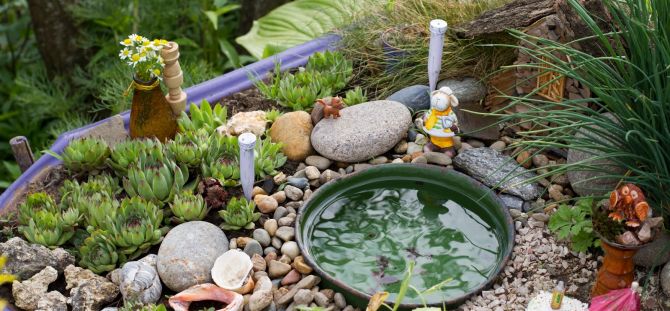
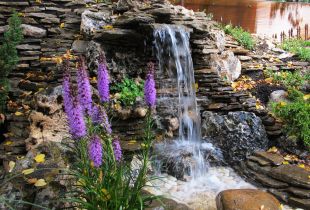 Waterfall in the garden and in the country - we control the water element (15 photos)
Waterfall in the garden and in the country - we control the water element (15 photos)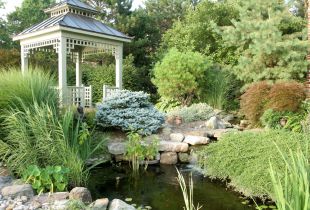 Coniferous plants for the garden (18 photos): decorative decoration of the site
Coniferous plants for the garden (18 photos): decorative decoration of the site